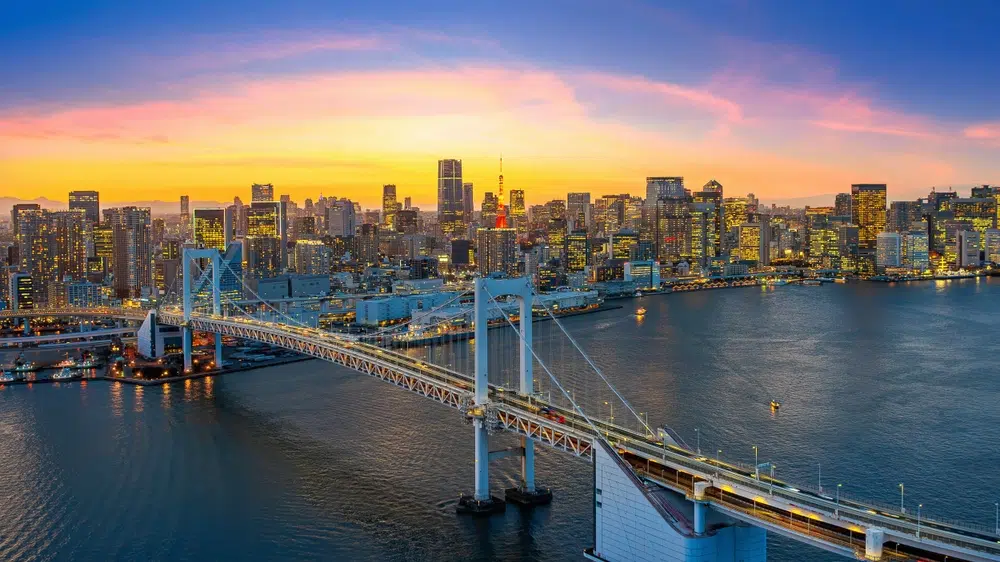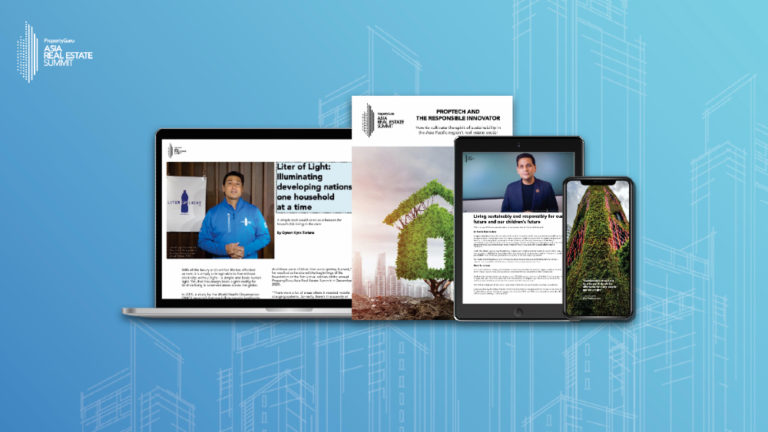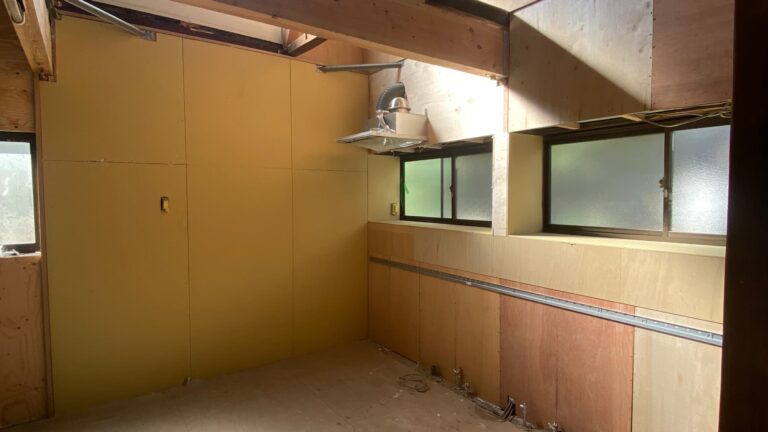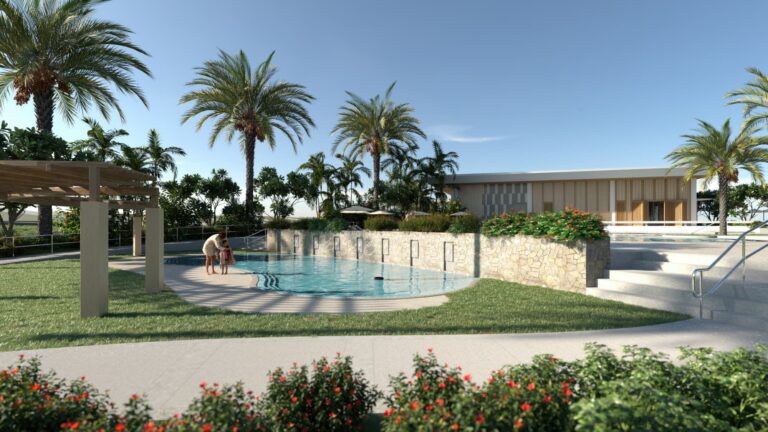Japan’s prime homes as a safe harbour for global wealth
Despite global uncertainty, luxury real estate in Japan—from ski resorts to city penthouses—continues to attract international buyers and investors, underscoring the country’s unique appeal as a nexus for global capital and lifestyle aspirations

Even during its infamous Lost Decade, Japan never lost its sheen, as the world devoured its anime and cultural exports long before South Korea’s K-wave took over screens and playlists.
Today, in a fragmented world of geopolitical tensions, Japanese real estate holds greater appeal for property seekers seeking a haven. From Hokkaido’s chalets to Tokyo’s penthouses, property seekers are tripling residential valuations even as escalating input costs drag developers down.
It’s all happening against the backdrop of tectonic macro shifts. Japan’s economy expanded at an annualised one percent in the April-June quarter, its fifth straight period of growth, buoyed by exports and capital spending.
In January, the Bank of Japan raised borrowing costs to 0.5 percent, the highest in 17 years. This was after lifting rates in 2024 for the first time since 2007, effectively ending the world’s last negative interest rate regime.
“Japan’s interest rates remain low compared to the US and Europe so the immediate impact is minimal when a rate rise is small and expected,” says longtime investment banker Eddie Guillemette, CEO of Niseko-based property specialist Midori no Ki (MnK). “REITs probably feel the higher borrowing costs the most, given the amount of leverage they have.”
For policymakers, the balancing act is delicate. The corporate goods price index jumped 2.6 percent in July from a year earlier as US President Donald Trump’s tariffs cast shadow over growth prospects.
Tourism has been a powerful economic catalyst, driving upward pressure on the real estate market. Since Japan fully reopened its borders in 2022, foreign arrivals have broken records year after year. In 2024, international visitors hit 36.9 million; the first half of 2025 alone drew a new high of 21.5 million.
Popular tourist hubs understandably logged steep price spikes. The National Tax Agency reports average land values climbed 2.7 percent nationwide in 2024, the fourth consecutive annual gain.

In the 1990s, Japan was far from the tourism behemoth it is today, the strong yen making travel prohibitively expensive. The dynamic has since flipped.
This summer, the yen slid past 150 to the dollar, with analysts warning of further depreciation to 155. About 10 percent of inbound tourist households report net assets exceeding USD1 million, leaving some extra to consider the country’s luxury residences.
Yet the tourist boom is uneven. Nearly 73 percent of all overnight stays are concentrated in the prefectures of Tokyo, Osaka, Kyoto, Hokkaido, and Fukuoka, the Japan Tourism Agency reports.
Osaka, which welcomed a record 14.6 million visitors in 2024, saw land values in its Naniwa ward fly by nearly 18 percent on demand for apartments convertible into private lodgings. Unlike Tokyo, Osaka allows more minpaku rentals in designated special zones, a policy which has stoked international investor interest.
Momentum has built since construction began in April on the MGM Osaka Integrated Resort, Japan’s first casino complex. Home to renowned theme parks, the city also hosted Expo 2025. Consequently, average condominium prices have surpassed JPY1.2 million (USD8,130) per square metre.
Tokyo remains undervalued compared with peers like Manhattan, London, and Hong Kong, according to Savills Japan. “While it lags in liquidity and international visibility, Tokyo’s strengths, such as low crime and high-quality construction, are increasingly recognised,” says Tetsuya Kaneko, the real estate firm’s head of research and consultancy.
These fundamentals have propelled eye-watering price gains in the capital. The average cost for a second-hand, 70-square-metre condominium in Tokyo’s 23 wards hovered at JPY100.9 million in May, up by more than a third from a year earlier, according to research firm Tokyo Kantei.
Institutional capital, once wary of Japan, is even flowing back. “For many years, Japan’s real estate market was a no-fly zone for Japanese and foreign institutional investors while places like Niseko benefited from strong demand from affluent, foreign retail investors,” says Guillemette. “Since the end of Covid, demand has been strong across the board, but supply has not kept up.”

Japan’s steady income streams, coupled with the weak yen, have attracted family offices as well as ultra-wealthy individuals. Foreign investment in multifamily and luxury residential deals topped JPY740 billion in 2024.
“The positive carry in Japan—net income minus borrowing costs—has been relatively attractive compared with the US and Europe, where there are higher borrowing costs and similar income or yield,” says Guillemette. “The challenges in China’s real estate market and the higher valuations in places like Australia and Singapore might be fuelling some diversification into Japan.”
Globalisation is palpable across Tokyo’s 23 wards, where nationals from not only China but also South Korea, Vietnam, and the Philippines dominate. Savills reports that around a third of the capital’s top-tier units are already foreignoccupied.
With March listings already commanding JPY40 million per tsubo, penthouses priced at JPY100 million per tsubo may no longer be fantasy, analysts predict.
“Condominium prices remain resilient due to structural undersupply, rising construction costs, and ultra-low vacancy rates in core areas,” says Kaneko. “Wealth accumulation among HNWI (high-net-worth individuals) and sustained foreign demand further underpin pricing strength.
Indeed, not all jostle for the market from outside the archipelago. The Nomura Research Institute estimates households in Japan with more than JPY500 million in assets jumped from 90,000 in 2021 to 118,000 in 2023. Tokyo alone had nearly 6,500 ultra-high-net-worth individuals (UHNWI) last year, up more than 10 percent, according to wealth advisory Altrata. The UBS Global Wealth Report predicts Japan will have the third-largest millionaire population by 2028.

Japan’s resort markets show similar altitudes of decadence. Land prices in wintry Hanazono soared nearly 20 percent last year while Hakuba rose more than 32 percent, the nation’s highest increase for the second year running.
In Niseko, the influx of affluence has priced out local workers. “Residential property prices, both land and buildings, have increased rapidly over the past few years, making it harder for my full-time staff to buy property in certain locations,” says Guillemette. “That is leading professional staff to move further away from the ski resort centres.
Demand from UHNWI appears sustainable over the medium term, supported by asset diversification, succession planning, and yen weakness
Cement, concrete, and lumber costs in Niseko rose to 38 percent last year, with skilled labour shortages expected to delay hotel completions past 2029, according to the consultancy C9 Hotelworks. Guillemette anticipates sustained demand for homes within a 20-minute drive of the mountains, likely elevating prices 5-15 percent, unless supply, policy, or currency shifts intervene
“For resort towns like Niseko, where I am located, tourism is both a blessing and a curse for residents,” he says.
Overlaying this is Japan’s ageing society. Worker departures from hubs like Niseko may benefit towns with ageing populations. Inherited properties are trickling onto the market, creating opportunities for cautious yet ambitious buyers in the super-aged nation. “Younger generations, while less inclined toward homeownership than previous cohorts, still aspire to own homes, especially in convenient locations—if affordability allows,” says Kaneko.

This introduces a final layer of demand: foreign nationals who aren’t primarily tourists or investors but are instead filling employment shortages. Many come on specialised visas with minimum income thresholds and eventually join the property market. These highly skilled visa holders surged in number by more than 150 percent between 2018 and 2024.
The recent immigration-friendly trends carry caveats, with Prime Minister Shigeru Ishiba warning that individuals with “certain past records” will be barred from entry.
Wherever the demographic winds carry Japan, the demand picture looks dovish, lifted by affluent property seekers across Asia Pacific. With limited supply expected until the end of the decade, the very top of the market will remain robust and ready to welcome major developments in the years ahead.
“Demand from UHNWI appears sustainable over the medium term, driven by asset diversification, succession planning, and yen weakness,” says Kaneko. “Japan’s reputation as a stable, low-risk destination continues to attract global capital.”
If not in its homes, Japan will always project influence through soft power. But for now, a rare confluence of global escapism and uncertainty has made its property market a kabuki theatre for volatility and upside.
The original version of this article appeared in PropertyGuru Property Report Magazine Issue No. 192 on issuu and Magzter. Write to our editors at [email protected].
Recommended
ARES Whitepaper Volume 4: Powering communities – The catalysts of urban evolution
Fresh perspectives on sustainability, lifestyle, and design shaping the future of real estate
ARES White Paper Volume 3: The era of adaptive reinvention
Pioneering sustainable and innovative practices in urban development
ARES White Paper Volume 2: Unravelling the power of data revolution in real estate
Insights on proptech, smart cities, and sustainable development
ARES Digital White Paper Volume 1: The fundamentals of responsible building
Green and climate heroes join forces to discuss how Asia Pacific can weather the current environmental crises and the looming effects of climate change







